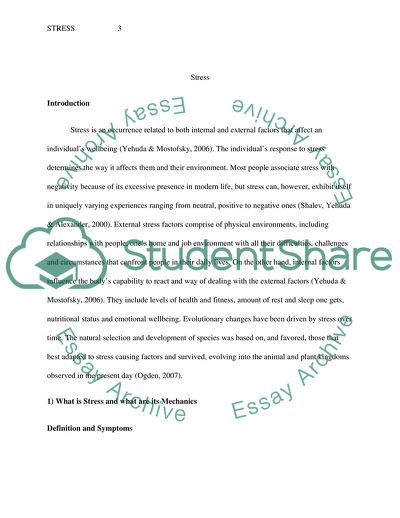Cite this document
(What is Stress and What Are Its Mechanics Coursework Example | Topics and Well Written Essays - 4000 words, n.d.)
What is Stress and What Are Its Mechanics Coursework Example | Topics and Well Written Essays - 4000 words. https://studentshare.org/psychology/1795009-stress
What is Stress and What Are Its Mechanics Coursework Example | Topics and Well Written Essays - 4000 words. https://studentshare.org/psychology/1795009-stress
(What Is Stress and What Are Its Mechanics Coursework Example | Topics and Well Written Essays - 4000 Words)
What Is Stress and What Are Its Mechanics Coursework Example | Topics and Well Written Essays - 4000 Words. https://studentshare.org/psychology/1795009-stress.
What Is Stress and What Are Its Mechanics Coursework Example | Topics and Well Written Essays - 4000 Words. https://studentshare.org/psychology/1795009-stress.
“What Is Stress and What Are Its Mechanics Coursework Example | Topics and Well Written Essays - 4000 Words”. https://studentshare.org/psychology/1795009-stress.


